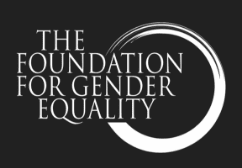
Today, the Women’s Philanthropy Institute (WPI) at the Indiana University Lilly Family School of Philanthropy released a new report called, “Women’s Foundations and Funds: a Landscape Study.” It presents a range of updated data and new insights into a major branch of women’s philanthropy — one that has grown significantly over the last few decades. It follows up on a report of a similar nature in 2009 that focused on organizations within the Women’s Funding Network (WFN), but this newer study widened its scope beyond that particular philanthropic community. Elizabeth M. Gillespie, doctoral candidate at the School of Public Administration at the University of Nebraska, Omaha, authored the report, and it was funded by the Bill and Melinda Gates Foundation.
Read More









